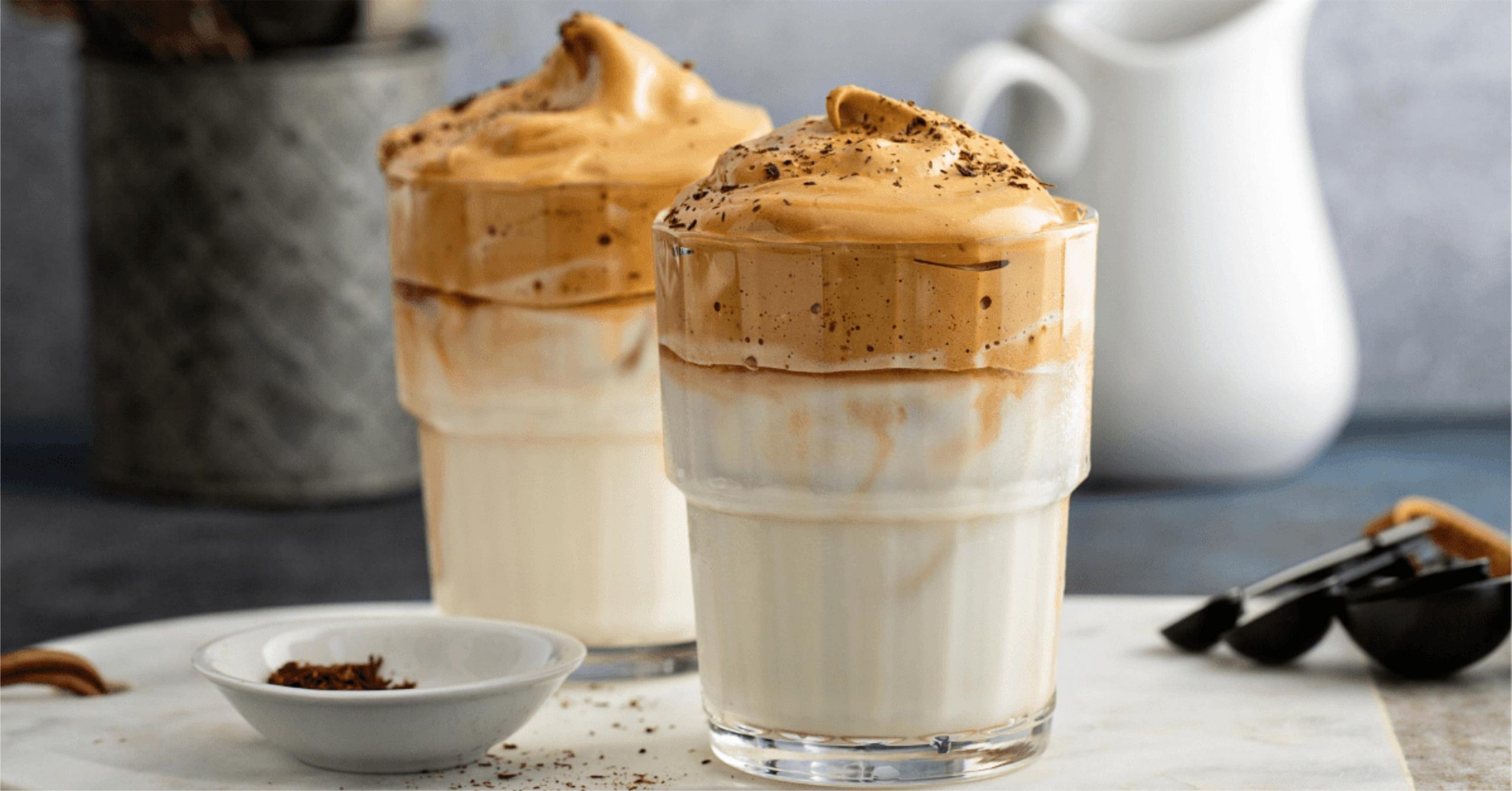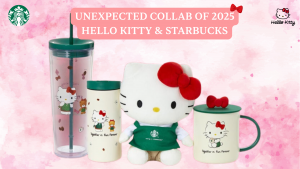
How Regional Preferences Shape Coffee Trends Across America
Table of Contents
- West Coast: The Epicenter of Coffee Innovation
- 1. Third-Wave Coffee Movement
- 2. Coffee as an Experience
- East Coast: Classic and Caffeinated
- 1. Grab-and-Go Culture
- 2. Coffee as Fuel
- The Midwest: Rooted in Tradition
- 1. The Classic American Diner Coffee
- 2. The Rise of Craft Coffee
- The South: Sweet and Iced
- 1. Iced Coffee and Sweetened Drinks
- 2. New Orleans’ Coffee Tradition
- The Southwest: Strong and Bold
- 1. Cowboy Coffee
- 2. Mexican Coffee
- Coffee Trends Shaped by Local Preferences
- Final Thoughts
How Regional Preferences Shape Coffee Trends Across America
- azeem memon
- 03-10-2024
- 03-10-2024
- 1461 views
- Information

America is a melting pot of cultures, customs, and—perhaps most importantly—coffee preferences. From the robust black drip coffee favored in diners across the Midwest to the intricate, artisanal pour-overs sipped in West Coast coffee shops, coffee trends vary significantly depending on where you are in the country. These regional preferences not only reflect the cultural diversity of the United States but also play a significant role in shaping the coffee industry, influencing everything from what beans are used to how the coffee is brewed and served.
In this blog, we will explore how regional preferences shape coffee trends across America and what makes each region’s approach to coffee unique. Whether you’re a coffee enthusiast or just curious about the next big trend in your area, this journey through the U.S. coffee landscape will show you how location plays a role in what’s in your cup.
West Coast: The Epicenter of Coffee Innovation
The West Coast, particularly cities like Seattle, Portland, and San Francisco, is often seen as the hub of America’s coffee culture. Known for fostering the third-wave coffee movement, this region places a high emphasis on quality, sustainability, and the art of brewing.
1. Third-Wave Coffee Movement
In cities like Seattle, home to Starbucks, and Portland, where boutique coffee roasters thrive, the focus is on sourcing high-quality beans and emphasizing the craft of coffee making. Consumers in these areas often prefer single-origin beans, carefully roasted to highlight their unique flavor profiles. West Coasters are also early adopters of trends like cold brew, nitro coffee, and pour-overs, as well as sustainable practices like fair trade and organic coffee production.
2. Coffee as an Experience
In addition to the coffee itself, West Coast consumers value the experience of drinking coffee. Many shops offer educational workshops on everything from brewing techniques to bean origins, helping customers connect with their coffee on a deeper level. The focus on artisanal methods and specialty roasts means West Coast coffee shops often serve as community hubs, where people gather to enjoy not just their coffee but also the craft that goes into it.
East Coast: Classic and Caffeinated
On the opposite side of the country, the East Coast has a more fast-paced coffee culture. Here, coffee is often seen as a necessity to fuel long commutes and busy workdays, particularly in bustling cities like New York, Boston, and Washington, D.C.
1. Grab-and-Go Culture
East Coasters are known for their grab-and-go coffee culture. While specialty coffee shops are becoming more popular, the East Coast is still dominated by quick, convenient coffee stops, where customers pick up their morning cup before rushing off to work. Chains like Dunkin’ (headquartered in Massachusetts) have a strong presence, with a focus on efficiency and affordability.
2. Coffee as Fuel
For many on the East Coast, coffee is all about caffeine. Unlike the artisanal-focused West Coast, East Coast coffee drinkers often prioritize function over form. Strong, dark coffee, often served in large quantities, is the go-to choice for those seeking to power through long workdays. Despite the emphasis on speed and convenience, there is a growing interest in higher-quality, specialty coffee, especially in cities like New York, where the coffee scene is becoming more diverse and eclectic.
The Midwest: Rooted in Tradition
The Midwest is often considered the heartland of America, and its coffee culture reflects this with a focus on simplicity, tradition, and comfort. While third-wave coffee shops are popping up in cities like Chicago and Minneapolis, much of the Midwest still prefers a straightforward cup of coffee.
1. The Classic American Diner Coffee
In small towns and cities across the Midwest, the quintessential diner coffee remains a staple. Often served black in a bottomless cup, this no-frills coffee is as much a part of the American Midwest as apple pie. This region is less concerned with trends and more focused on the comforting familiarity of a simple, hot cup of joe.
2. The Rise of Craft Coffee
That said, the craft coffee movement is beginning to take root in the Midwest. Cities like Chicago and Minneapolis have seen a surge in independent coffee roasters and specialty cafes. These cities blend the simplicity that the Midwest is known for with a growing appreciation for higher-quality beans and more sophisticated brewing methods.
The South: Sweet and Iced
The South has a unique relationship with coffee, shaped by its warm climate and laid-back culture. Iced coffee, sweetened coffee drinks, and regional variations like New Orleans’ chicory coffee are all popular choices.
1. Iced Coffee and Sweetened Drinks
Due to the hot weather in much of the South, iced coffee reigns supreme. From Georgia to Texas, you’ll find coffee shops offering iced variations of almost every drink, often sweetened with syrups or served as indulgent frappes. Sweet, creamy coffee is a favorite in the South, where drinks like iced lattes and caramel macchiatos are often preferred over black coffee.
2. New Orleans’ Coffee Tradition
New Orleans has its own distinctive coffee tradition that sets it apart from the rest of the South. Known for its chicory coffee, a blend of coffee and ground chicory root, New Orleans’ coffee has a rich, slightly bitter taste that has become a local favorite. Café du Monde’s café au lait, made with chicory coffee and steamed milk, is an iconic drink that embodies the city’s unique blend of French, Creole, and American influences.
The Southwest: Strong and Bold
The Southwest, encompassing states like Texas, Arizona, and New Mexico, tends to favor bold, strong coffee that reflects the region’s rugged landscape and multicultural influences. From cowboy coffee brewed over an open flame to Mexican coffee infused with spices, the Southwest has a diverse and eclectic coffee culture.
1. Cowboy Coffee
In rural parts of the Southwest, particularly in Texas, cowboy coffee is still a popular way to brew coffee. Made by boiling coarse coffee grounds in water over a campfire or stovetop, cowboy coffee is strong, unfiltered, and served black. It’s a no-nonsense brew that reflects the independent, hardy spirit of the region.
2. Mexican Coffee
Mexican influences are also prevalent in the Southwest’s coffee culture. Mexican coffee, often brewed with cinnamon, chocolate, and sugar, offers a rich and flavorful alternative to traditional American coffee. This blend of cultures is also seen in coffee shops that offer drinks like café de olla, a traditional Mexican coffee sweetened with piloncillo (unrefined cane sugar) and spiced with cinnamon.
Coffee Trends Shaped by Local Preferences
From coast to coast, regional preferences continue to shape the coffee trends that emerge across the country. Here’s a quick look at some coffee trends that have gained popularity due to specific regional influences:
- Cold Brew and Nitro Coffee – Popularized on the West Coast, these drinks have now spread nationwide, appealing to coffee lovers who enjoy smooth, less acidic cold drinks.
- Chicory Coffee – A staple in New Orleans, chicory coffee has become a must-try for those visiting the South, while also gaining recognition in other parts of the country.
- Single-Origin Coffee – The West Coast’s third-wave movement has inspired coffee shops across the country to focus on sourcing beans from specific regions, highlighting unique flavor profiles.
- Craft Coffee Roasters – While initially concentrated in cities like Seattle and Portland, craft roasters have popped up in cities across America, including the Midwest and South.
Final Thoughts
The way Americans drink coffee may vary depending on where they live, but one thing is certain: coffee culture in the United States is as diverse as the country itself. From the artisanal brews of the West Coast to the grab-and-go cups of the East, regional preferences continue to shape the coffee industry, influencing trends and setting the tone for how Americans enjoy their favorite beverage.
Whether you prefer a bold, black drip coffee or a sweet, iced latte, there’s no doubt that your coffee habits are influenced by the culture and climate of the region you call home. So next time you take a sip, consider how your location might be shaping the coffee trends you follow.






















